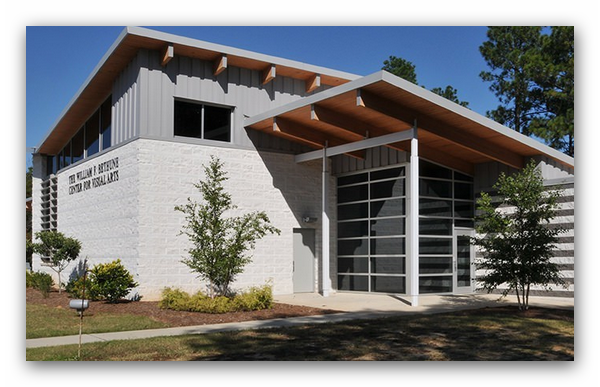Feb 9 2017 - Apr 8 2017
David McCune International Art Gallery
Fayetteville, NC
This exhibition celebrates an intrepid and colorful group of photographers at the turn of the 20th century on both sides of the Atlantic who fought to establish photography as a fully-fledged fine art, coequal with painting, sculpture, and etching.
Their leader was Alfred Stieglitz, whose exhibition space, the “Little Galleries of the Photo-Secession,” and exquisitely printed magazine, Camera Work, advanced the vision of the most ambitious artist-photographers, including Heinrich Kühn, Gertrude Käsebier, Edward Steichen, and Clarence White, as well as Stieglitz himself. While they had their individual approaches to picture-making, these all involved the marriage of traditional painting subject matter – landscape, allegorical study, nude, still life – to a suitably hand-crafted photographic print. This combination of painterly imagery and print-making is known as Pictorialist photography.
The works in this exhibit, drawn from the private collection of Michael Mattis and Judith Hochberg, include superb examples of a variety of photographic printing techniques employed by the Pictorialists, such as platinum, gum-bichromate, carbon, cyanotype, and bromoil prints. The exhibit also covers the explosive aftermath of the Photo-Secession, when, starting with the work of Paul Strand in 1915-16, photography transitioned by fits and starts from Pictorialism to Modernism. Some photographers, clustered around Clarence White, continued to make painterly photographs. Others, particularly Steichen and Strand, adopted “straight” photography and staked out the Modernist idiom.
Credit: Exhibition overview from museum website
Exhibition Venues & Dates
Feb 9 2017 - Apr 8 2017
David McCune International Art Gallery
Fayetteville, NC
